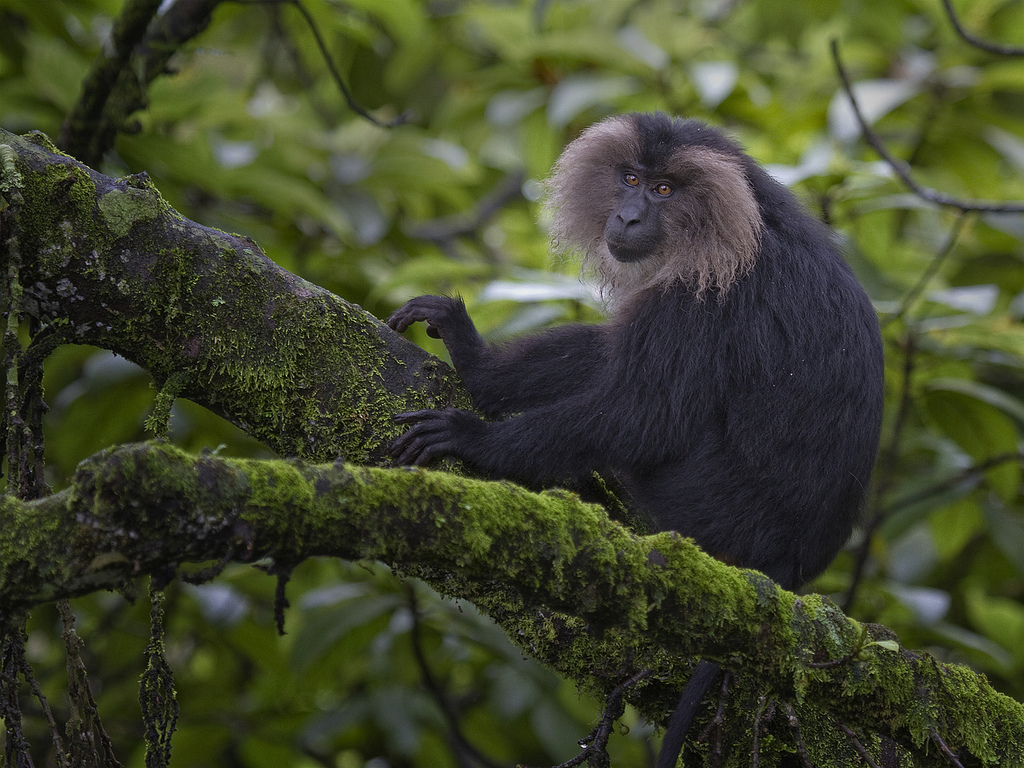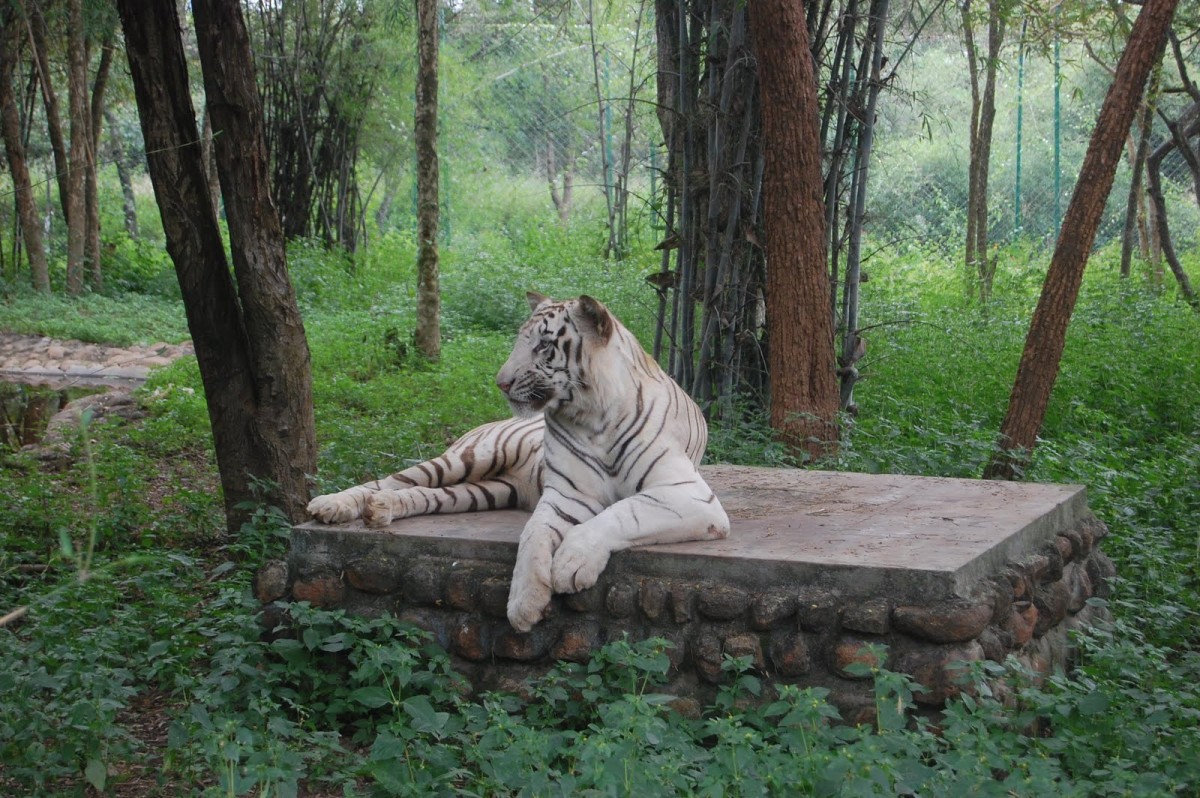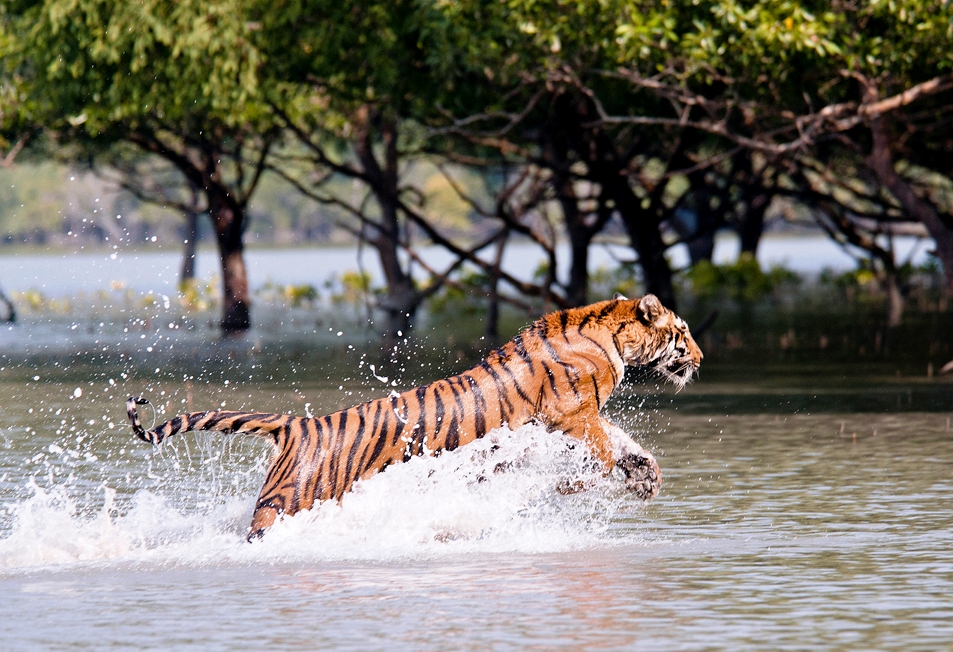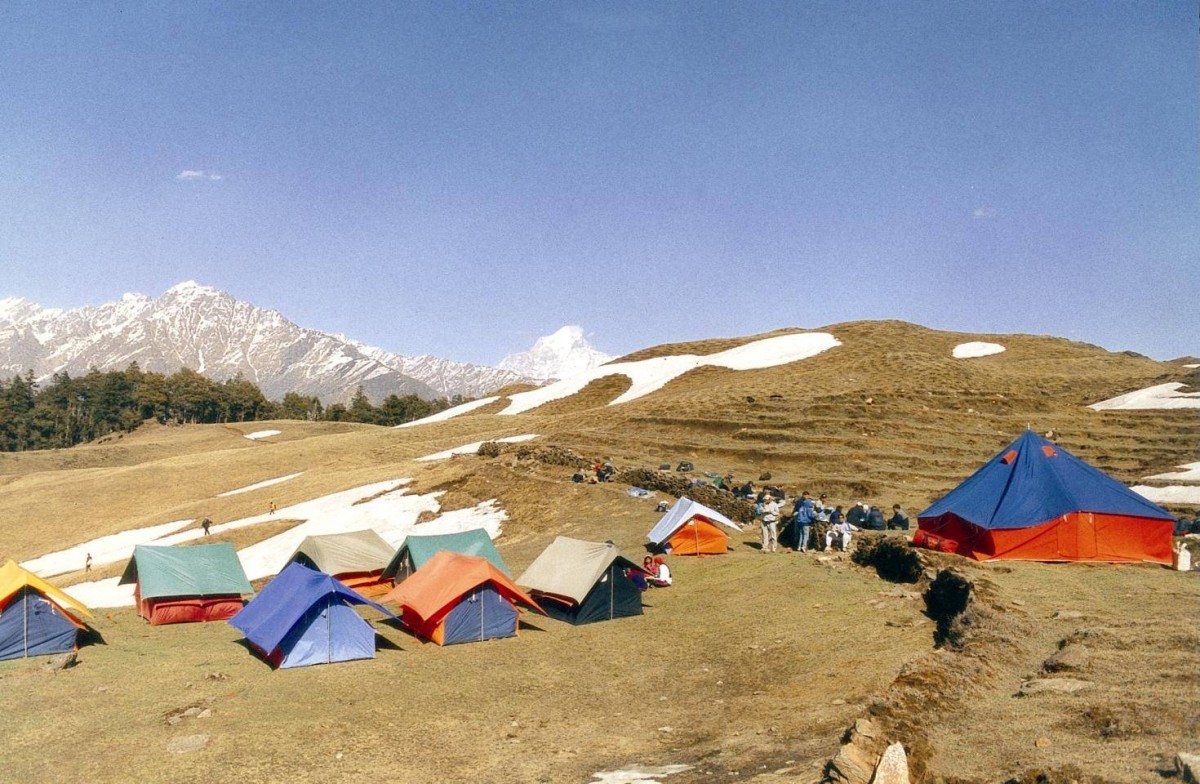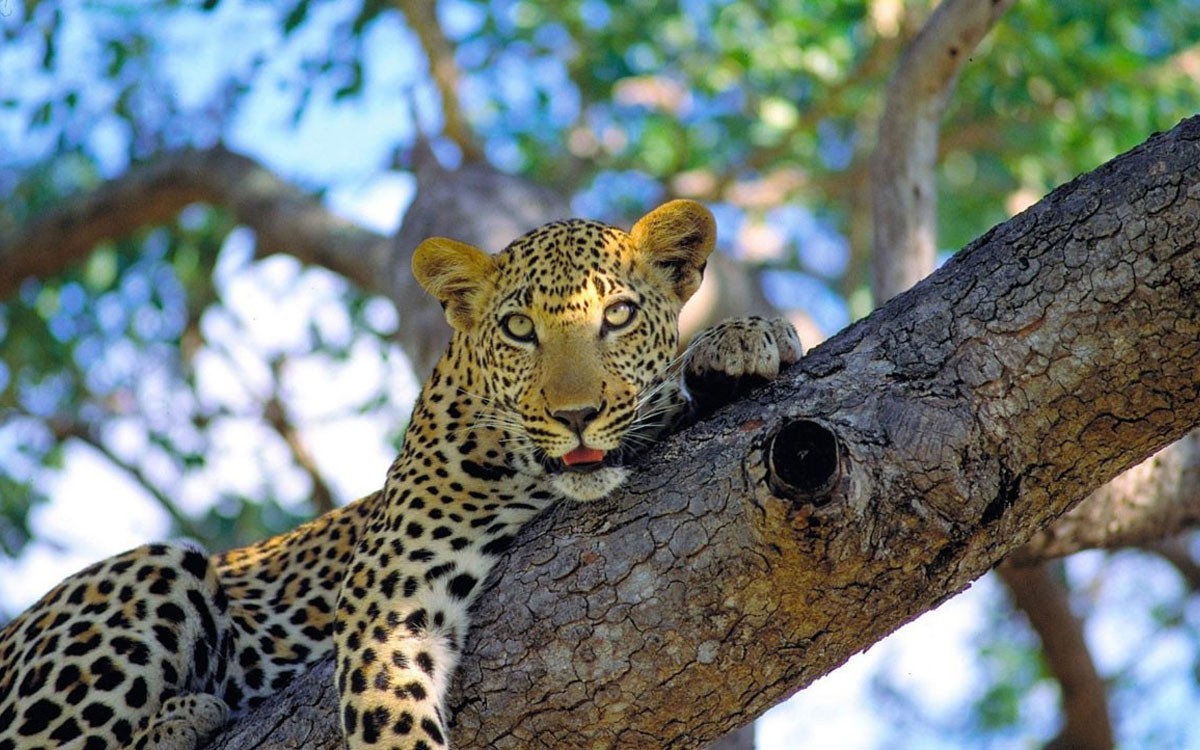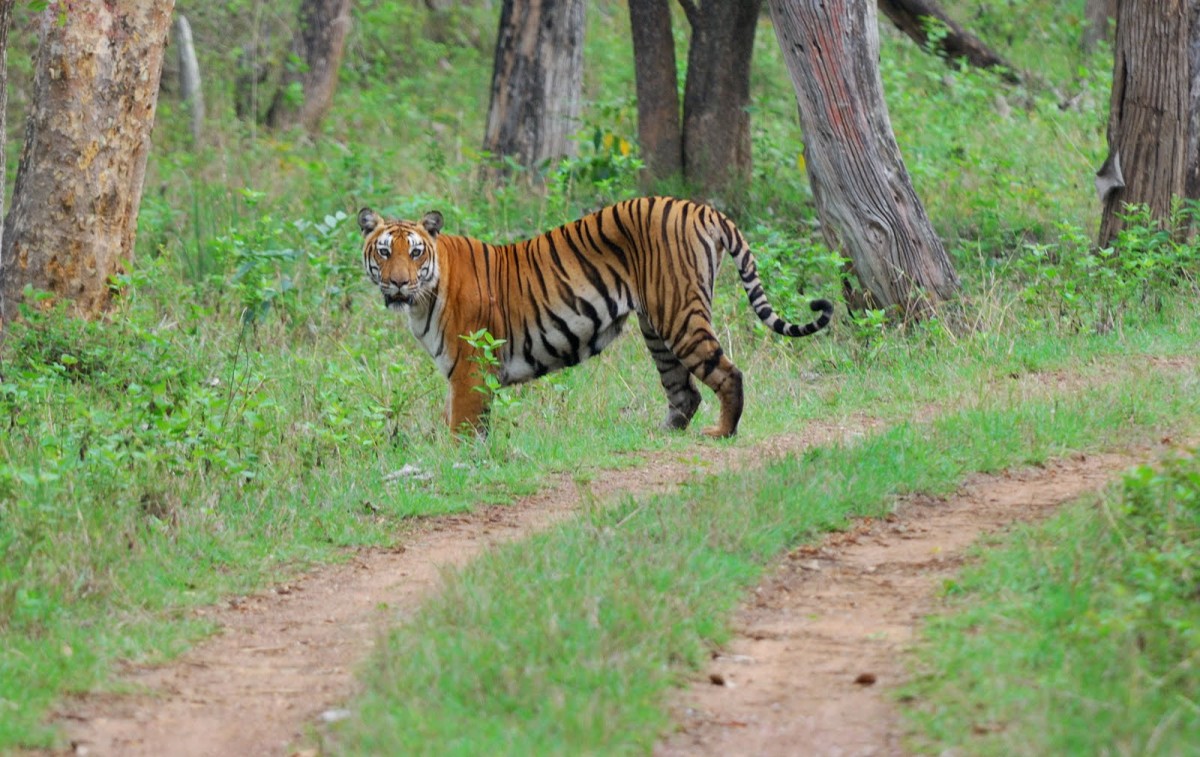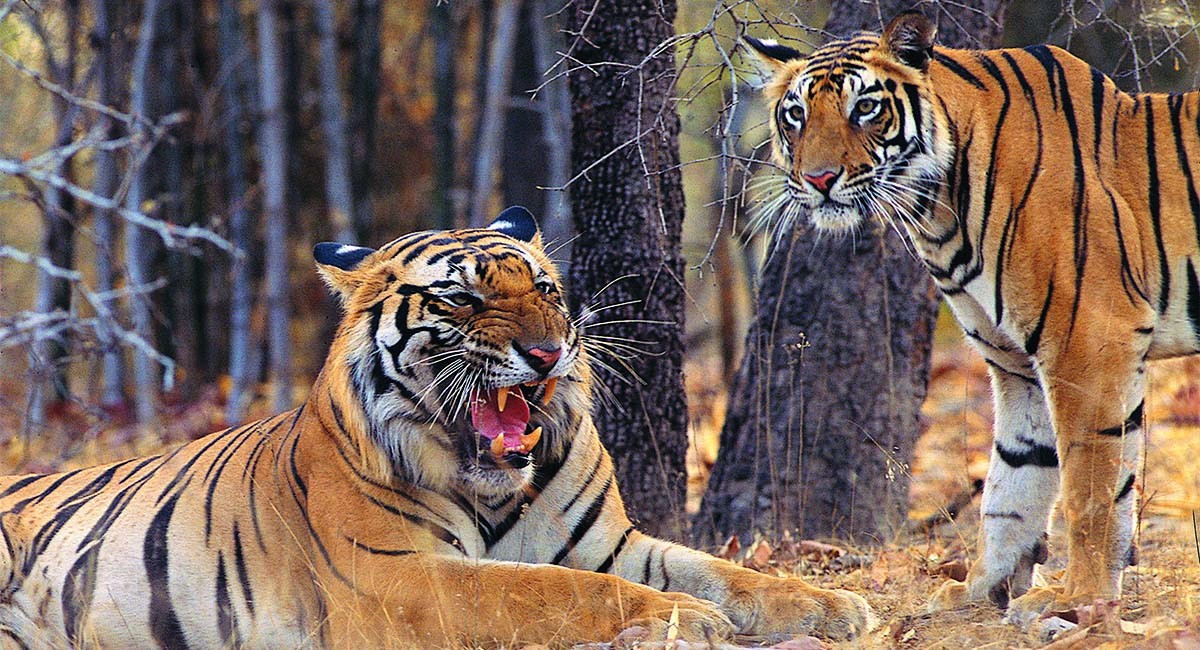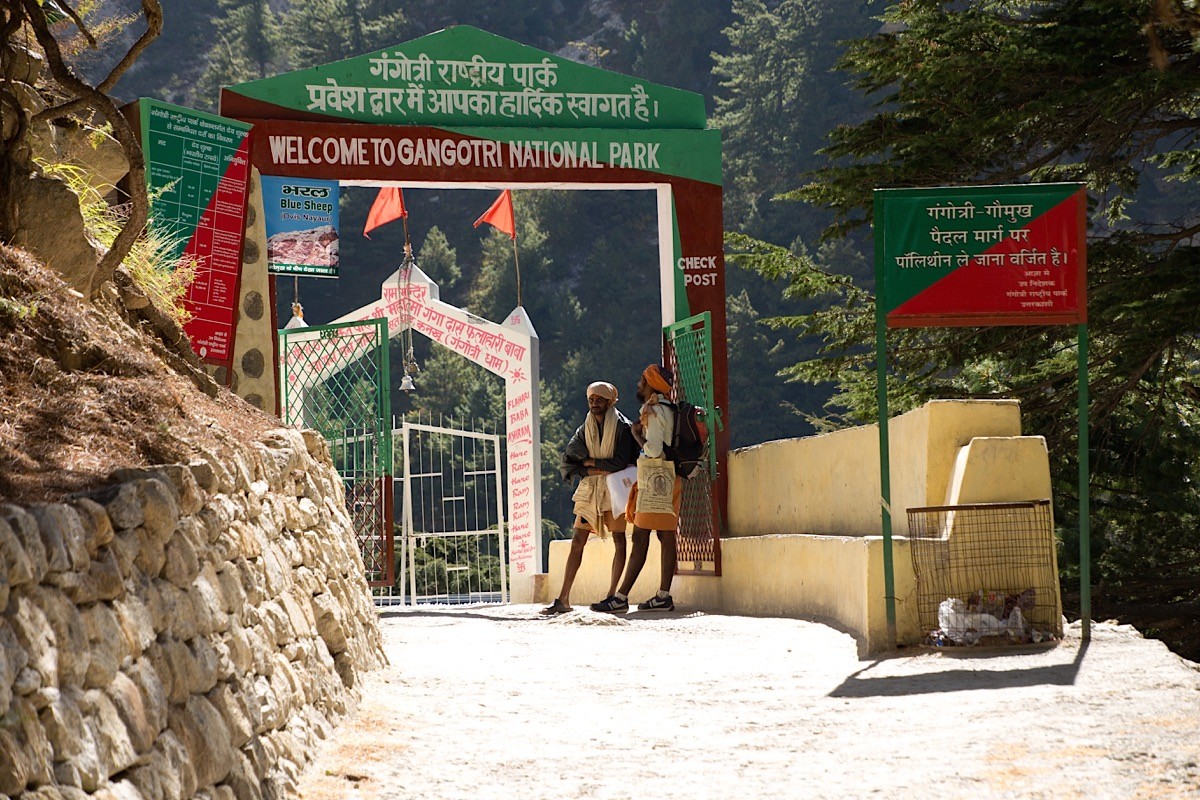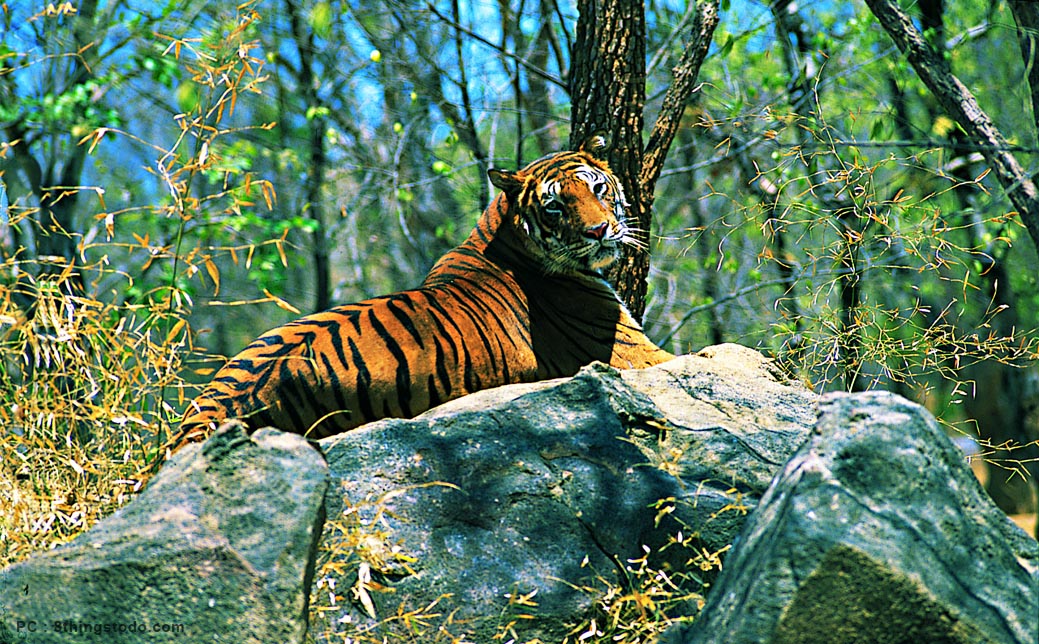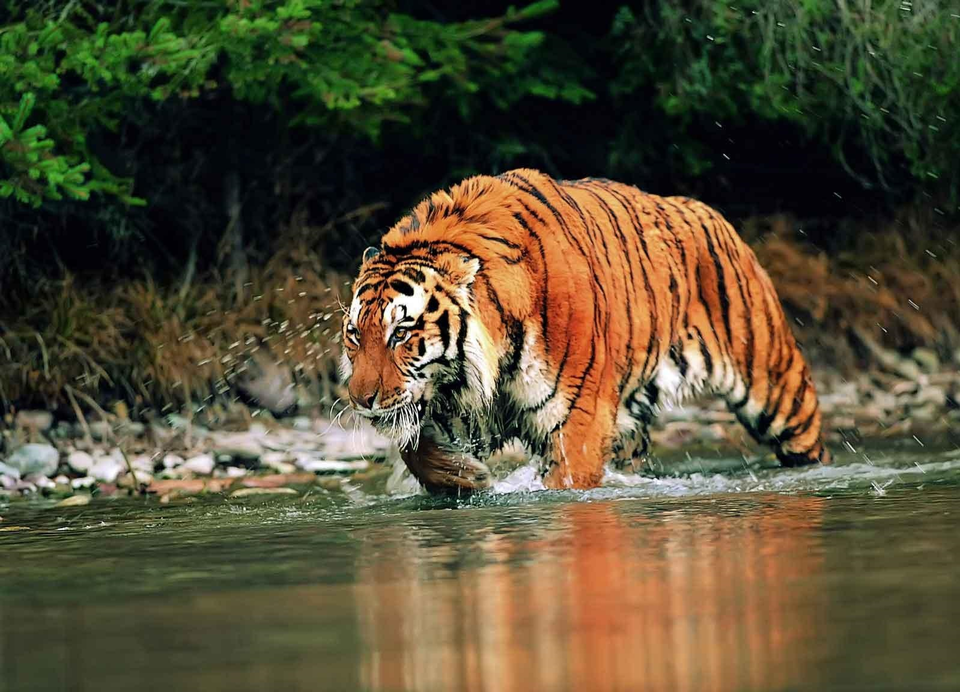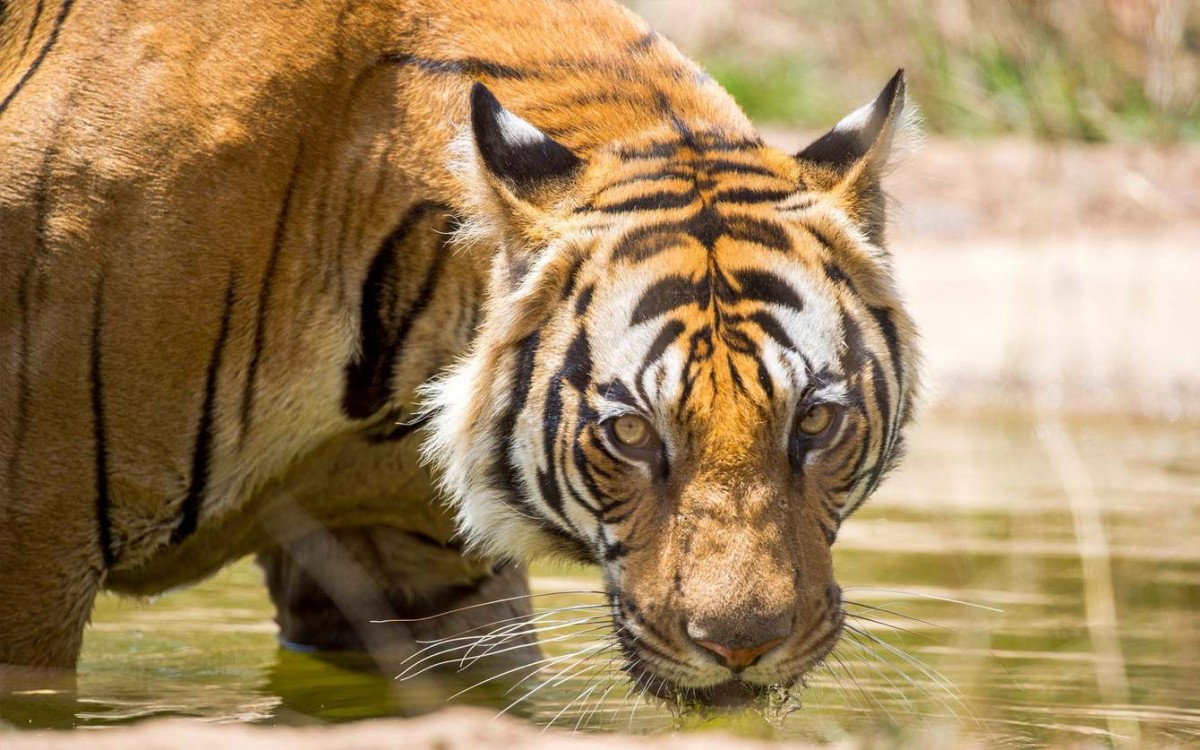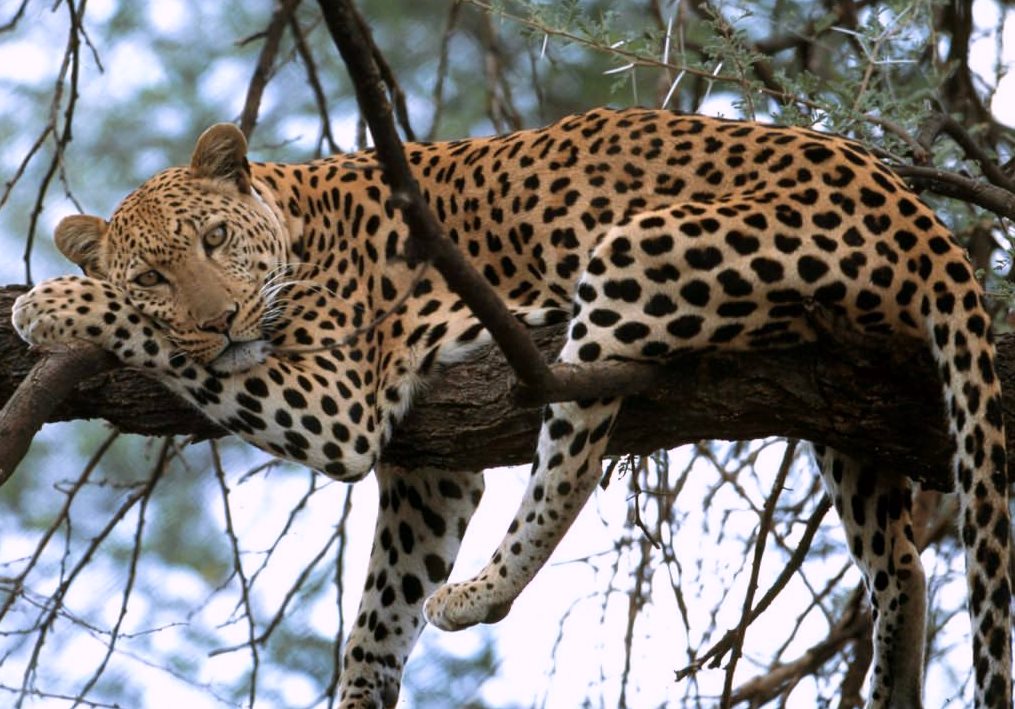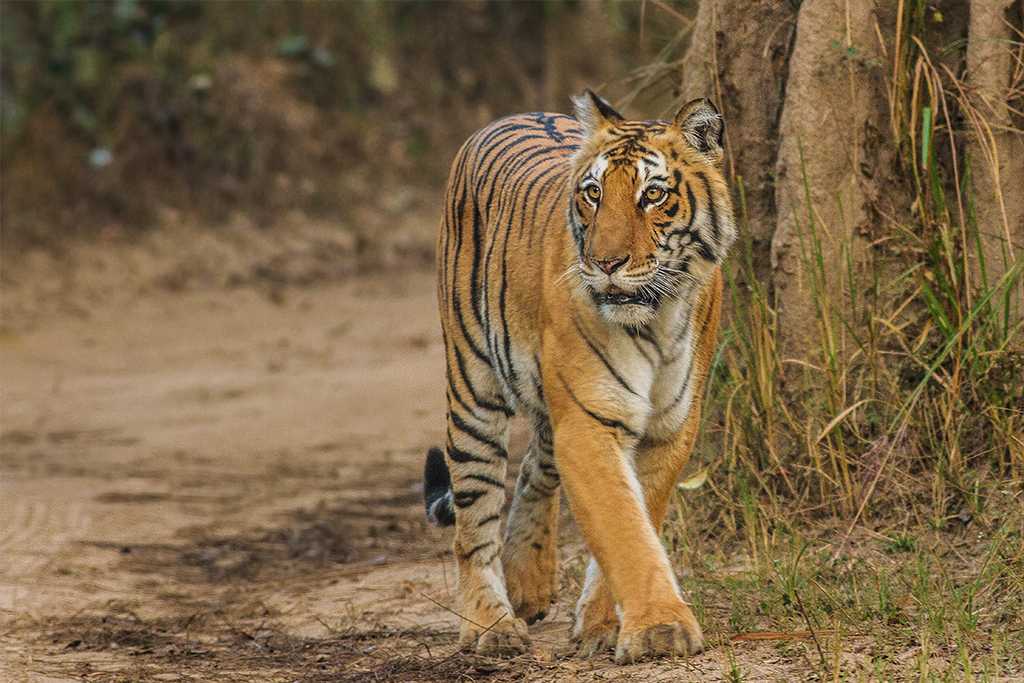
Sariska National Park
Park At A Glance
| IUCN Category | II (National park) |
| State | Rajasthan |
| District | Alwar. |
| Area | 274 Sq. Km. Tiger Reserve 866 Sq. Km. |
| Core | 497 sq. km. |
| Buffer | 369 sq. km. |
| Latitude | 27o 5’ N to 27o 33’ N |
| Longitude | 76o 17’ E 77o 34’ E |
| Altitude | 300m. to 722m MSL |
| Rainfall | Average 650 mm |
| Temperature | 0oC to Max 41.5oC. |
| Seasons | Winter December to February Summer March to June |
| Monsoon | July to September |
| Year of Notification | 1992 |
| Vegetation | Dry deciduous forests. |
| Special Status | Tiger Reserve (1979) |
| Speciality | Blue Bull |
| Nearest Town | Alwar (36 Km) |
| Nearest Railway Station | Alwar (36 Km) |
| Nearest Airport | Jaipur (110 Km) |
Sariska National Park
History of Sariska: The history of Sariska goes back as early as the 5th century BC as Hindu sacred texts mention Sariska as the region where the Pandavas took shelter during their years of seclusion. In the middle ages, it was under the Mughal rule and Aurangzeb used the Knakwari Fort to imprison his elder brother.
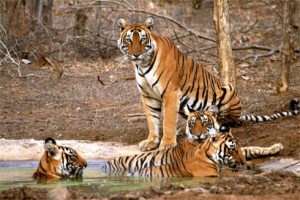
Originally said to be a part of the Mewat region, the brave Mewat warriors were always at war to preserve its sovereignty because its strategic location made it a prized conquest for many rulers. Later During the 8th – 12th century many of Sariska’s rulers and wealthy residents constructed a huge number of Jain and Hindu temples, some of which retain their old splendor even today. Early 20th century saw attempts to convert the region into a protected area and the campaign was led by none other than Maharaja Jai Singh. The campaign bore fruit and in 1958, a government notification declared Sariska a wildlife sanctuary and by 1979 it became a part of the Tiger Project that was recognized as a national park.
About Sariska: Sharp cliffs of hills and narrow valleys of the Aravallis dominate the landscape of Sariska, whose forests are dry and deciduous. Within the Sariska wildlife sanctuary there are the ruins of medieval temples of Garh-Rajor, belonging to the 10th and 11th centuries.
A 17th century castle on a sharp hilltop at Kankwari, provides a panoramic view of flying Egyptian vultures and eagles. The area was declared a sanctuary in 1955 and became a National Park in 1979Major Wildlife Attraction: Sariska park is home to numerous carnivores including Leopard, Wild Dog, Jungle Cat, Hyena, Jackal, and Tiger. These feed on
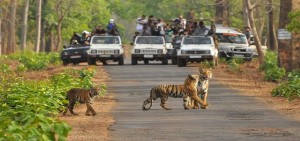
an abundance of prey species such as Sambar, Chitel, Nilgai, Chausingha, Wild Boar and Langur. Sariska is also well known for its large population of Rhesus Monkeys, which are found in large numbers around Talvriksh
The avian world is also well represented with a rich and varied birdlife. These include Peafowl, Grey Partridge, Bush Quail, Sand Grouse, Tree Pie, Golden backed Wood Pecker, Crested Serpent Eagle and the Great Indian Horned Owl.
How to Reach Sariska.
By Air: Jaipur is the nearest airport from Sariska which is well connected to all the major cities, which includes Mumbai, Jaipur and Jodhpur,
By Rail: The nearest railway station is Alwar, which is near from Sariska.
By Road: Sariska wildlife sanctuary is situated off the Delhi-Alwar-Jaipur Road.
Hotels in Sariska
Deluxe Heritage Hotel in Sariska
Hotel Sariska Palace, Sariska
Budget Hotel in Sariska
Hotel Tiger Den, Sariska
Resort in Sariska
Hotel Tiger Heaven, Sariska

